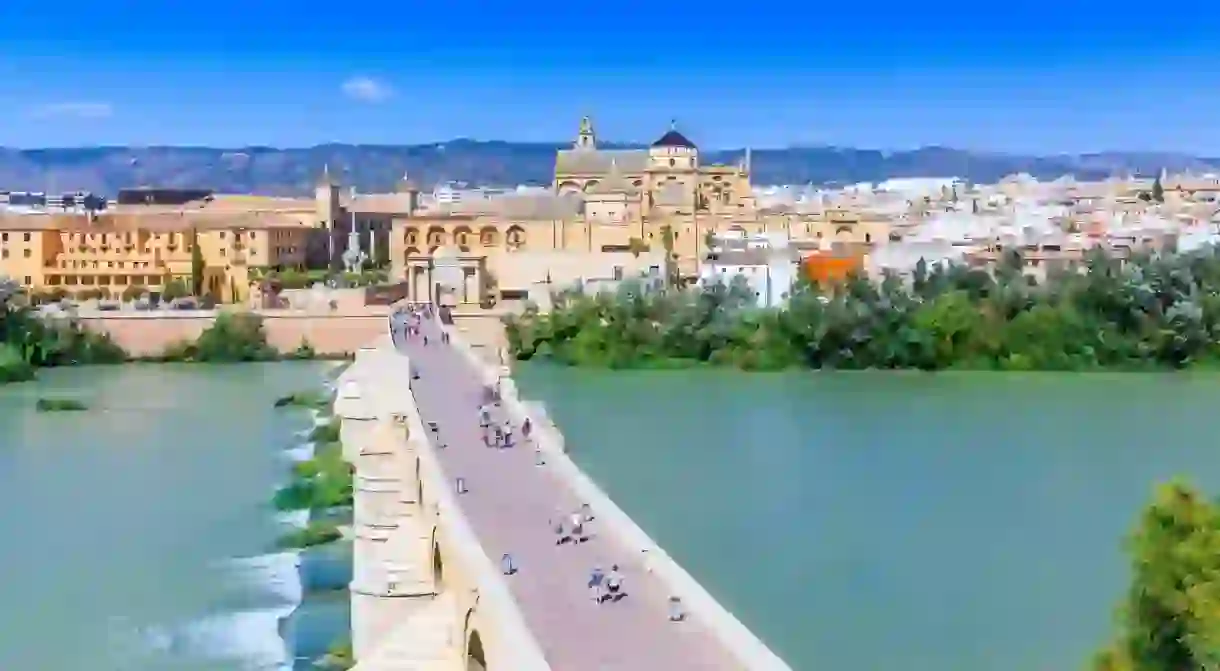Things to Do in Córdoba, Spain

The Andalusian city of Córdoba boasts some of the most important historical sites in southern Spain, as well as a Unesco-protected annual festival. Read on for Culture Trip’s pick of the best things to see and do in the area, from exploring the flower-filled streets of its oldest quarters to visiting what was once one of the greatest mosques in the West.
Mosque-Cathedral
Cathedral, Mosque, Architectural Landmark, Historical Landmark

After the Moors captured Córdoba in 711, the city’s Visigothic church was halved and used by both Christians and Muslims until 784 when Abd al-Rahman I ordered its destruction. The great mosque built in its place was finally completed in 987, and the Renaissance nave in its centre was added by Charles V in the 16th century. The Mosque-Cathedral (Mezquita-Catedral) is situated in the city centre and is easily accessible on foot. Tickets cost €11 (£10) and are available to purchase online or on-site, where the queues move quickly.
Medina Azahara
Ruins
Old Town/Historic Neighbourhoods
Architectural Landmark

Central Córdoba is made up of the city’s oldest and most attractive neighbourhoods. Be sure to visit the flower-filled Calleja de las Flores in San Basilio, the Roman temple in San Andrés-San Pablo and the 14th-century synagogue in Judería, the former Jewish quarter. For drinks and tapas, head to the trendy bars that line Calle San Fernando. Córdoba’s old town can be explored in a single day and on foot; many of its cobbled, winding streets are pedestrian-only. But be warned: this is one of Spain’s hottest cities, so avoid visiting in July or August. The best times to go are spring or autumn.
Palacio de Viana
Building, Historical Landmark

Roman Temple
Ruins
At the northern end of the bar-lined Calle San Fernando are the remains of Córdoba’s Roman temple (Templo Romano), discovered during work on the neighbouring town hall in the 1950s. The 11 extant columns belonged to a temple built during the first century, under the reign of Emperor Claudius, and were renovated in the second century. They’re best admired from the terrace of La Cuarta, a popular restaurant over the road.
Roman Bridge
Bridge














